CYP1B1
-
Official Full Name
cytochrome P450, family 1, subfamily B, polypeptide 1 -
Overview
This gene encodes a member of the cytochrome P450 superfamily of enzymes. The cytochrome P450 proteins are monooxygenases which catalyze many reactions involved in drug metabolism and synthesis of cholesterol, steroids and other lipids. The enzyme encoded by this gene localizes to the endoplasmic reticulum and metabolizes procarcinogens such as polycyclic aromatic hydrocarbons and 17beta-estradiol. Mutations in this gene have been associated with primary congenital glaucoma; therefore it is thought that the enzyme also metabolizes a signaling molecule involved in eye development, possibly a steroid. [provided by RefSeq, Jul 2008] -
Synonyms
CYP1B1;cytochrome P450, family 1, subfamily B, polypeptide 1;CP1B;GLC3A;CYPIB1;P4501B1;cytochrome P450 1B1;microsomal monooxygenase;xenobiotic monooxygenase;aryl hydrocarbon hydroxylase;flavoprotein-linked monooxygenase;cytochrome P450, subfamily I (dioxin-inducible), polypeptide 1 (glaucoma 3, primary infantile)
Recombinant Proteins
- Human
- Rhesus macaque
- Rat
- Mouse
- Zebrafish
- Dog
- Insect Cells
- Mammalian Cells
- Wheat Germ
- E.coli
- HEK293
- Yeast
- Non
- His
- GST
- Avi
- Fc
Background
What is CYP1B1 Protein?
CYP1B1 is a protein that's part of a bigger group called the cytochrome P450 family. This protein helps our body manage and break down different substances like hormones, certain medicines, and toxins. It's like having a little processing plant inside our cells. You’ll find CYP1B1 mostly in places that deal with hormones, like some glands and the liver. What's really interesting is that researchers have noticed there's more of this protein in certain cancers. That’s why it’s getting a lot of attention—scientists are exploring how they can use CYP1B1 to create treatments that target cancer cells specifically, which might help in treating the disease more effectively without harming healthy parts of the body.What is the Function of CYP1B1 Protein?
CYP1B1 is like your body’s cleanup crew, part of the cytochrome P450 family that helps process all sorts of substances. It works hard to break down hormones, medications, and even some toxins we encounter daily. Imagine it as a little enzyme machine in certain cells, especially in hormone-heavy spots like the liver or glands. This protein makes sure everything is processed smoothly, keeping things balanced. Researchers are particularly interested in CYP1B1 because it’s found in higher amounts in some cancers, which means it might be used to develop targeted therapies that zero in on tumor cells without messing with healthy ones.CYP1B1 Related Signaling Pathway
The CYP1B1 protein is part of a bigger signaling pathway in our body that's crucial for processing hormones and other substances. Think of it as being on a highway that helps manage the flow of various chemicals within our cells. When CYP1B1 is active, it can influence how certain hormones like estrogen are broken down. This breakdown process is important because it prevents hormone levels from getting too high and possibly causing problems. Scientists are really interested in this pathway because changes in how CYP1B1 works might be linked to diseases like cancer. By understanding this pathway better, researchers hope to find ways to use it for developing new treatments, especially ones that can target cancerous cells more precisely.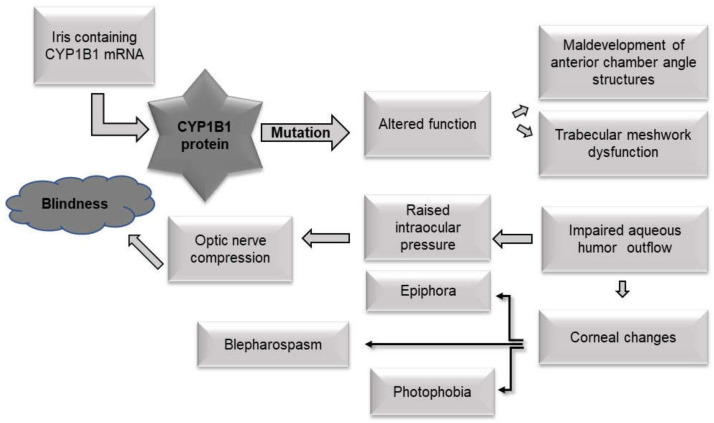
Fig1. The pathophysiology of primary congenital glaucoma (PCG). (Manali Shah, 2022)
CYP1B1 Related Diseases
CYP1B1 is a protein that's turning out to be pretty important when we talk about certain diseases. One of the biggies is its link to some types of cancer, especially those related to hormones like breast and prostate cancer. This protein tends to be found in higher amounts in these cancers, which makes researchers think it could be a trigger or perhaps a marker indicating the disease's presence. Besides cancer, mutations in the CYP1B1 gene are also connected to a type of eye disease called primary congenital glaucoma. This condition affects babies and can lead to serious vision issues if not treated. Researchers are digging into how exactly CYP1B1 is involved in these conditions because understanding this might lead to better treatments or even preventive strategies. They’re hopeful that by targeting the behaviors and pathways related to CYP1B1, they could come up with therapies that tackle these diseases more effectively.Bioapplications of CYP1B1
CYP1B1 is getting a lot of attention in the world of science because it's got some cool bioapplications. This protein is really active in certain cancers, like breast and prostate, which makes it a big deal for cancer research. Scientists are trying to figure out how to target CYP1B1 with new drugs that could zero in on cancer cells and leave the healthy ones alone. It’s like having a specialized tool for tackling tumors. But it’s not just about cancer; CYP1B1 also helps break down hormones and other stuff in the body, so it might be key in developing better drugs that work more efficiently and with fewer side effects. Plus, by studying CYP1B1, doctors might get better at diagnosing some diseases earlier, which means they could treat them more effectively right from the start.Case Study
Case Study 1: Lin Q. et al. Cell Commun Signal. 2022
CES2, an enzyme in pancreatic tumors, helps activate the pro-drug irinotecan for treating PDAC. Higher CES2 levels are linked to poorer patient survival. Reducing CES2 decreases cancer cell growth and viability in tests and mouse models. It also breaks down phospholipids to activate HNF4α via the sEH pathway. Inhibiting CES2 or using siRNA lowers HNF4α, alters gene markers, and reduces cell viability by targeting the CES2-sEH-HNF4α pathway.-
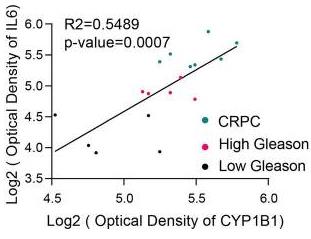 Fig1. The average optical densities of CYP1B1 and IL6 were calculated.
Fig1. The average optical densities of CYP1B1 and IL6 were calculated. -
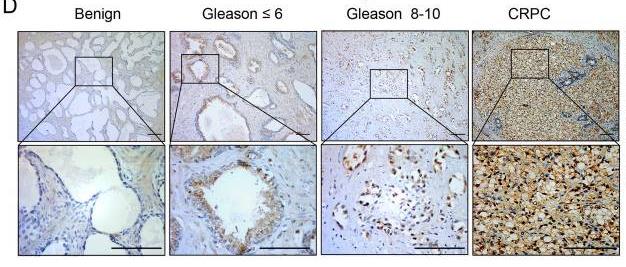 Fig2. Representative IHC staining of CYP1B1 protein in benign prostate tissues, primary PCa and CRPC tissues.
Fig2. Representative IHC staining of CYP1B1 protein in benign prostate tissues, primary PCa and CRPC tissues.
Case Study 2: Wang Z. et al. J Biomol Screen. 2016
CYP1B1 is a key target in certain hormone-related cancers. Researchers aim to create prodrugs activated by CYP1B1 only in cancer tissues. Using KLE endometrial cancer cells, which uniquely express CYP1B1, they tested two prodrugs. These prodrugs were more toxic and triggered more cell cycle arrest and apoptosis in regular KLE cells compared to CYP1B1-inhibited ones. The KLE cell model is promising for finding new CYP1B1-targeted cancer treatments.-
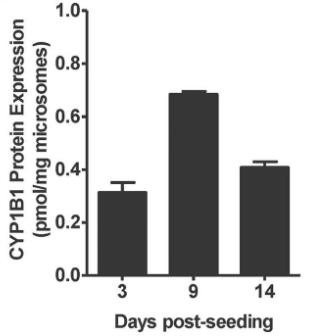 Fig3. CYP1B1 protein expression in KLE cells.
Fig3. CYP1B1 protein expression in KLE cells. -
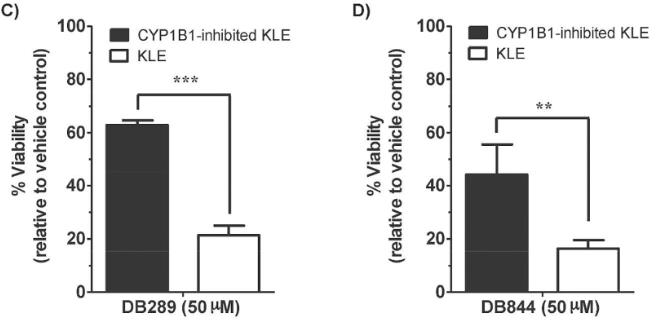 Fig4. Standard deviation of quadruplicate determinations.
Fig4. Standard deviation of quadruplicate determinations.
Quality Guarantee
High Purity
-
.jpg) Fig1. SDS-PAGE (CYP1B1-28190TH)
Fig1. SDS-PAGE (CYP1B1-28190TH) -
.jpg) Fig2. SDS-PAGE (CYP1B1-595H)
Fig2. SDS-PAGE (CYP1B1-595H)
Involved Pathway
CYP1B1 involved in several pathways and played different roles in them. We selected most pathways CYP1B1 participated on our site, such as AhR pathway,Arachidonic acid metabolism,Benzo(a)pyrene metabolism, which may be useful for your reference. Also, other proteins which involved in the same pathway with CYP1B1 were listed below. Creative BioMart supplied nearly all the proteins listed, you can search them on our site.
| Pathway Name | Pathway Related Protein |
|---|---|
| Chemical carcinogenesis | GSTM3,CYP2C54,GSTK1,AKR1C2,UGT1A9,SULT2A1,GSTM6,GSTT2,UGT1A7C,CYP2C8 |
| Cytochrome P450 - arranged by substrate type | CYP2E1,CYP11B1,CYP2K16,CYP2AD3,CYP2A13,CYP2J2,CYP2C19,CYP3A7,CYP2K19,CYP2AD6 |
| AhR pathway | FLG,CDC37,AIP,NQO1,CDKN1B,AHR,CDKN1A,JUND,EGFR,CYP1A1 |
| Endogenous sterols | CYP11B1,CYP51A1,FDXR,POMCB,FDX1,CYP19A1,CYP27A1,CYP11A1,CYP11B2,FDX1L |
| Arachidonic acid metabolism | PLA2G2F,CYP1A2,PTGS2B,ALOX15B,PTGES3B,ALOX8,CYP2B6,ALOX12E,FAAH2,CYP4A14 |
| Estrogen metabolism | COMT,ARSD,CYP1A1,NQO1,ARSE |
| Biological oxidations | SLC35D1A,AKR1A1,CYP24A1,NCOA2,PAOX,CYP4F22,CYP2K8,BPNT1,CES1,CYP11B2 |
| Benzo(a)pyrene metabolism | CYP1A1,AKR1C4,AKR1C2,CYP3A4,FAM84B,AKR1A1 |
-
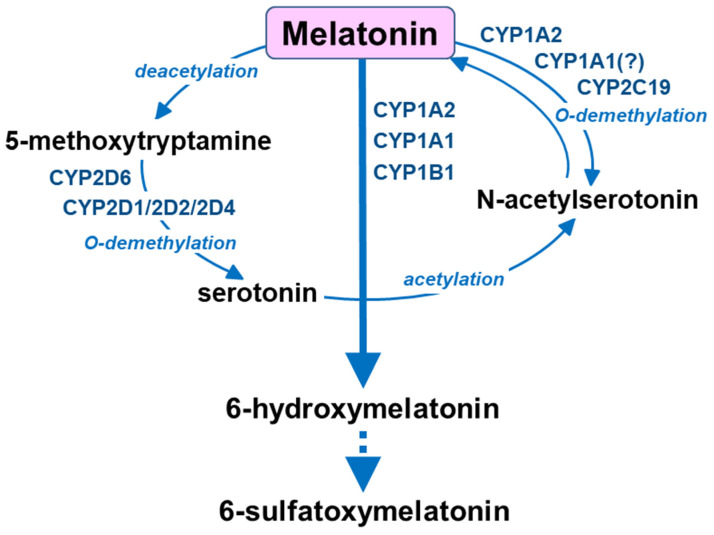 Fig1. The catabolism of melatonin by cytochrome P450 enzymes. (Anna Haduch, 2023)
Fig1. The catabolism of melatonin by cytochrome P450 enzymes. (Anna Haduch, 2023) -
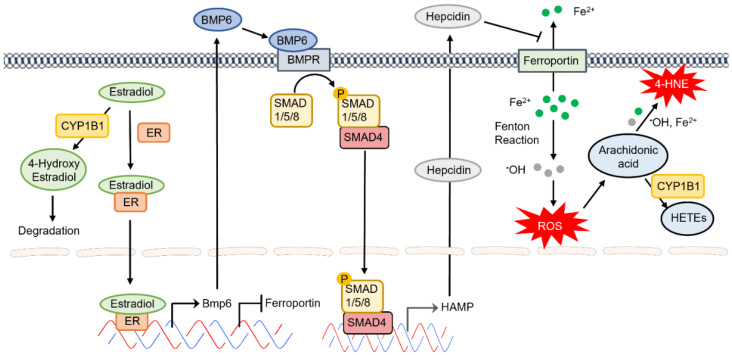 Fig2. The proposed CYP1B1 regulation of intracellular iron levels and oxidative stress through estradiol metabolism, BMP6 signaling, hepcidin production, and ferroportin inhibition in the retinal endothelium. (Yong-Seok Song, 2022)
Fig2. The proposed CYP1B1 regulation of intracellular iron levels and oxidative stress through estradiol metabolism, BMP6 signaling, hepcidin production, and ferroportin inhibition in the retinal endothelium. (Yong-Seok Song, 2022)
Protein Function
CYP1B1 has several biochemical functions, for example, aromatase activity,heme binding,iron ion binding. Some of the functions are cooperated with other proteins, some of the functions could acted by CYP1B1 itself. We selected most functions CYP1B1 had, and list some proteins which have the same functions with CYP1B1. You can find most of the proteins on our site.
| Function | Related Protein |
|---|---|
| monooxygenase activity | CYP51,CYP2P7,CYP2D10,CYP2C8,CYP46A1.2,CYP2C18,FMO2,CYP4A12A,CYP1C1,CYP2AA7 |
| oxygen binding | CYP2W1,HBAA,CYP2C70,CYP2F2,CYP2AA9,CYP17A1,CYP3A4,CYP2B6,CYP2C55,CYP2AD2 |
| heme binding | CYP2X9,HBBE1.1,CYP2C70,HBAE3,PTGES2,CYP2D26,CYP2V1,HRG,CYP2K22,CYP2N13 |
| oxidoreductase activity, acting on paired donors, with incorporation or reduction of molecular oxygen, reduced flavin or flavoprotein as one donor, and incorporation of one atom of oxygen | CYP2A6,CYP3A25,CYP2AA12,CYP2C38,CYP2X8,CYP2D26,CYP3C1,CYP2J2,CYP2AA8,CYP2B6 |
| iron ion binding | BRSK2,NOS2B,ALOX12E,CYP46A1.4,NOS2,CYP2K18,BA1,CYP1A2,CH25H,CYP4A11 |
| aromatase activity | CYP4X1,CYP2J5,CYP1D1,CYP1A1,CYP2H1,CYP2D26,CYP3A5,FAM84B,CYP2C54,CYP1A |
Interacting Protein
CYP1B1 has direct interactions with proteins and molecules. Those interactions were detected by several methods such as yeast two hybrid, co-IP, pull-down and so on. We selected proteins and molecules interacted with CYP1B1 here. Most of them are supplied by our site. Hope this information will be useful for your research of CYP1B1.
SAE1;fieF
Resources
Related Services
Related Products
References
- Chourasia, TK; Pang, YF; et al. The Catecholestrogen, 2-Hydroxyestradiol-17beta, Acts as a G Protein-Coupled Estrogen Receptor 1 (GPER/GPR30) Antagonist to Promote the Resumption of Meiosis in Zebrafish Oocytes. BIOLOGY OF REPRODUCTION 92:-(2015).
- Liu, Y; She, WM; et al. 3, 3 '-diindolylmethane alleviates steatosis and the progression of NASH partly through shifting the imbalance of Treg/Th17 cells to Treg dominance. INTERNATIONAL IMMUNOPHARMACOLOGY 23:489-498(2014).



